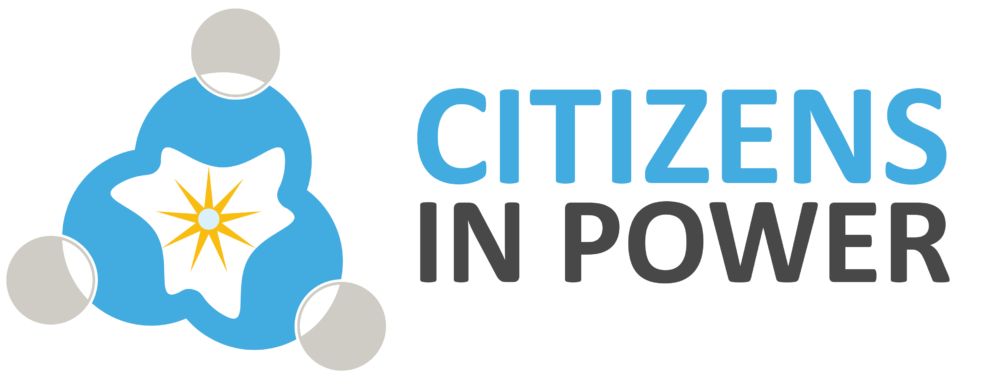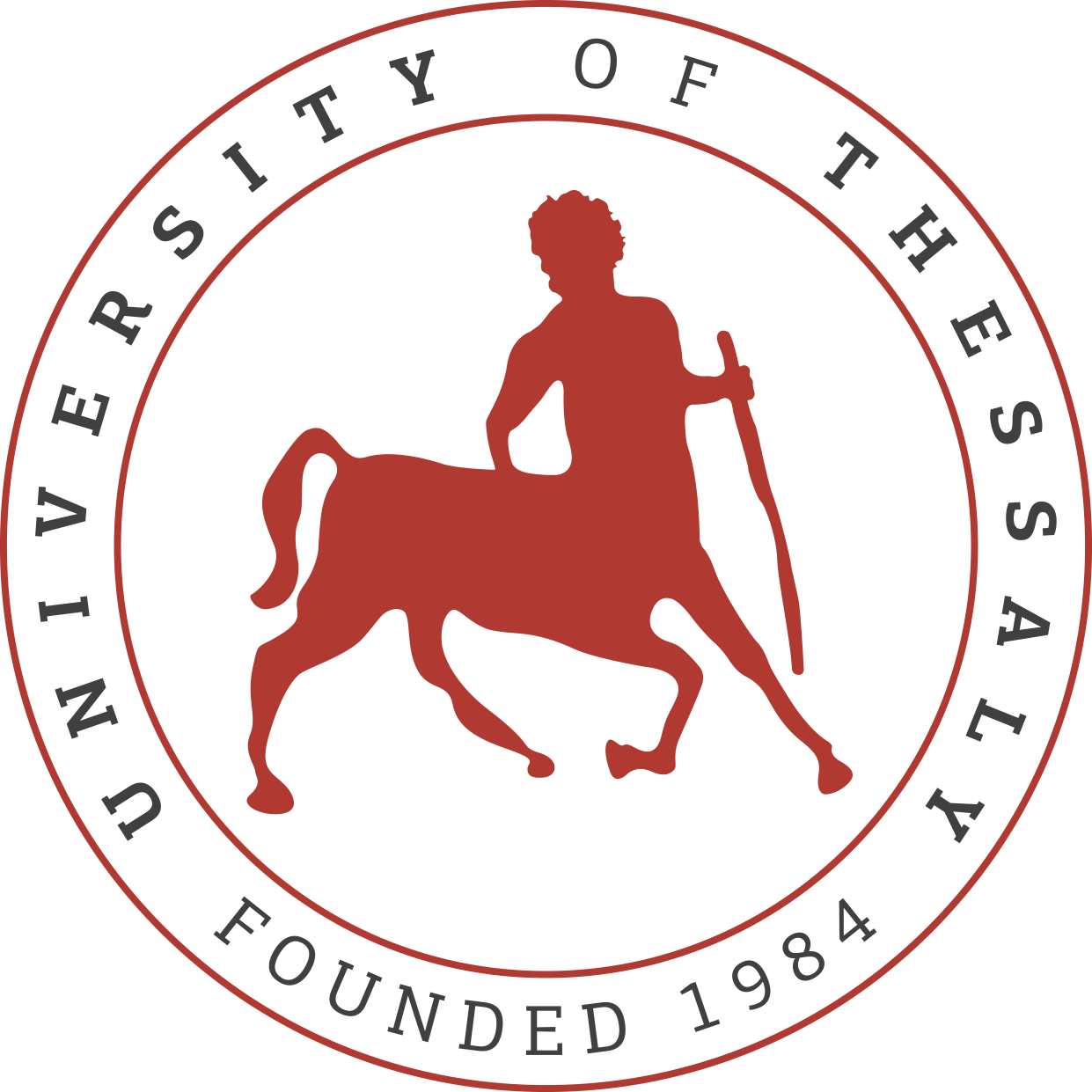KA2 project, school education
Duration: 2018-2021
The Art of Maths Facebook page
According to the study ‘PISA’ that has been carried out every three years since 2000 by OECD, it has been observed that European Union is lagging behind in terms of the performance of students in mathematics. In the case of our country, Swedish students scored just slightly above the OECD’s average in mathematics.
Regardless the performance of students in mathematics all over Europe, one would expect that they have at least understood the prominent role of mathematics in human evolution. However, the questions that are frequently expressed even in the classrooms of High Schools, mainly in relation with the utility of mathematics in everyday life and their correlation with other areas of human sciences and culture, come to contradict the above expectation.
For instance, the influence of mathematics in the development of various forms of Arts is of a great interest, and exactly for that reason has being widely known since the ancient times. Particularly, in the recent years, the research educational community attempts to mitigate the relationship between mathematics and art by using alternative teaching methods, indicating that the effect of art in mathematical learning is always positive (Catterall and Waldorf, 1999b; Ingram & Seashore, 2003).
Accordingly, the project ‘The Art of Maths’ constitutes the distillate of the partnership’s inspiration that has been drawn by the above scientific conclusions. Five participating organizations, the Swedish School Sandgardskolan, the Greek University of Thessaly,the Cypriot NGO- Research Centre CIP, the Belgian company Logopsycom and the Portuguese school SPEL, with rich experience in various ramifications of didactics of mathematics through both formal and non-formal methods and contexts, will produce innovative training modules with specially designed material that appeals to both mathematic teachers and students of secondary education.
Hence, the teachers and subsequently students from13 to18 years old, will have the opportunity to approach both the correlation and influence of mathematics during the development of various ramifications of art, including visual arts, music, cinematography, literature and theatre, and additionally to experience the art development as an alternative method which could be successfully ‘exploited’ during the didactics of mathematics, by simultaneously using ICT based methods and specially-designed innovative tools such as games.
Under this context, the students will make a journey of knowledge in order to investigate mathematics within the classical art of Ancient Greece, the proportions of the Parthenon and the notion of the ‘golden mean’; subsequently, they we will move to the notions of ‘linear perspective’ of Renaissance and the ‘geometry’ of modern art, through a display of works of art and paintings. They will also meet with ‘Pythagoreans and the numerical relations of sounds’ in order to proceed to the study of pulsation in the 17th century and the modern view of harmony through the Fourier analysis. Moreover, they will deal with the mathematical notions, mentality and history through various parts of theatrical texts, movies and literature. Additionally, a whole output of ‘The Art of Maths’ will be dedicated to Pilot Sessions and training courses for both educators and students, being applied in an entire network of schools, reaching the outstanding number of 350 educators and 2000 students totally, in all the five partner countries. At the same time, 2500 Printed Handbooks of 40 pages each, that-amongst others- will include the best-off activities of the on-line training course, will be issued and distributed to schools coming from the five countries of the consortium, whilst a unique E-Library will provide to the educators academic material and articles related with relevant thematic areas.
Accordingly, ‘The Art of Maths’ aspirations regarding the students have been defined as follows: (i) to understand the applicability of mathematics in another field, realizing that it is not a science detached from any other field; (ii) to allow the mixture of mathematics and arts to create a more pleasant feeling, which will eventually affect the way they accept and approach mathematics in the classroom, thus cultivating a positive stance towards math; (iv) to learn how to use digital technologies and innovative tools in order to absorb knowledge and to fully comprehend a new term/concept; thus also contributing to the modernization of didactic models in teaching math and STEM, in general. The on-line training course, which will be available in a variety of languages (ENG, SWE, FR, GR, PRG) will be open for free use also after the end of the EU funding, whilst its dissemination will be of a large scale (Schools, NGOs, Research Associations, Ministries of Education & Universities).

This project has been funded with support from the European Commission. This website and all its contents reflect the views only of the author, and the Commission cannot be held responsible for any use which may be made of the information contained therein.
[Project number: 2018-1-SE01-KA201-039031]
The Art of Maths © 2019 | All Rights Reserved










